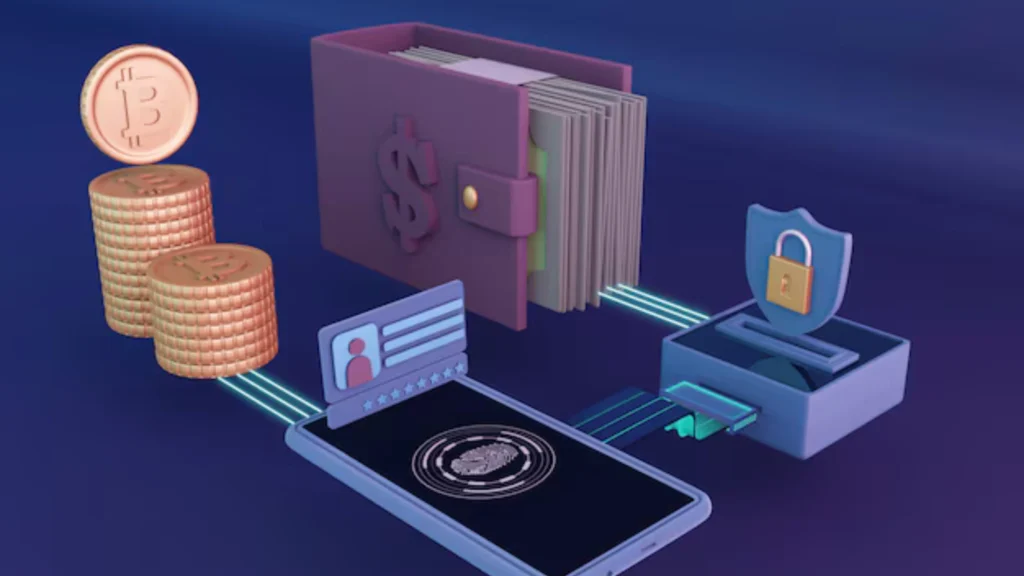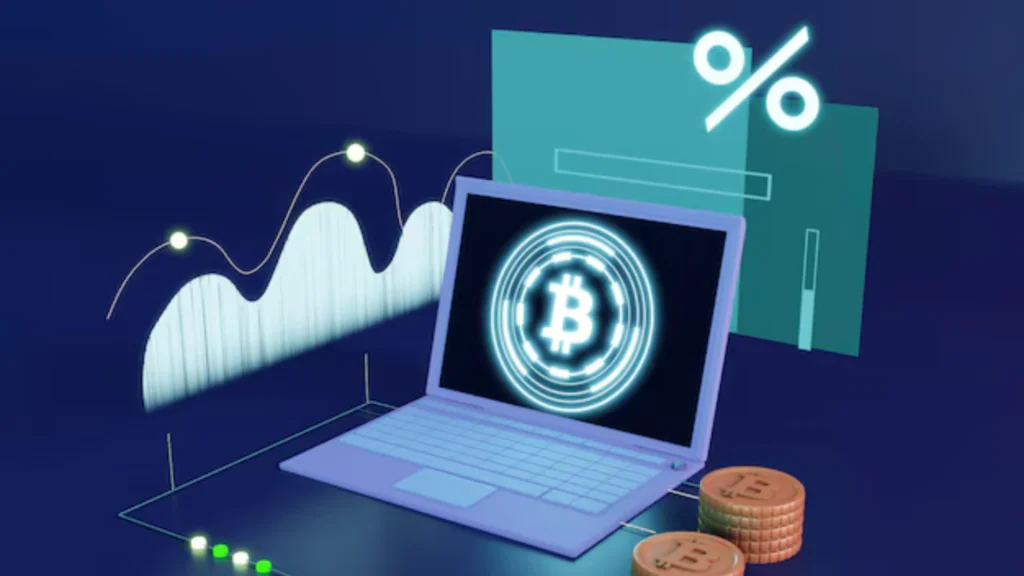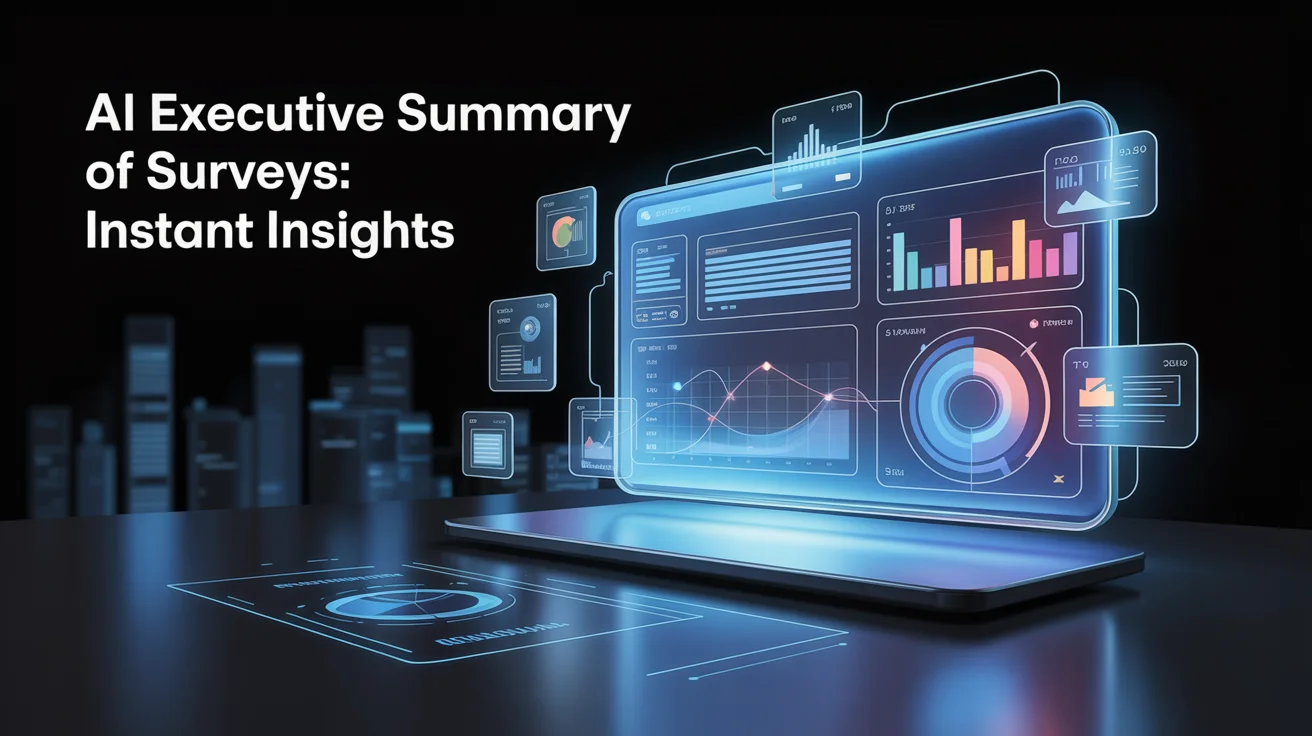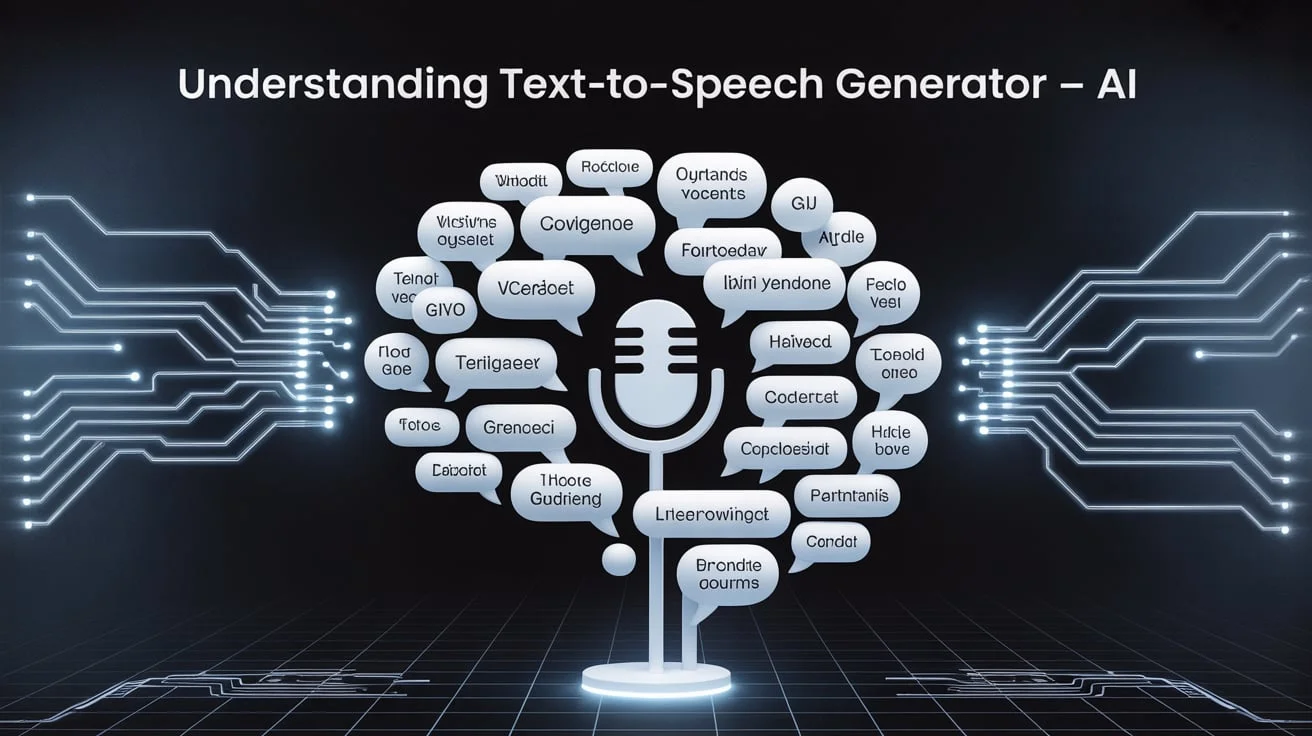Let’s talk about something that’s changing the game in digital trust – blockchain technology. You’ve probably heard the buzz, but here’s what’s really exciting: PricewaterhouseCoopers (PwC) predicts blockchain will generate more than $3 trillion in annual business value by 2030. That’s not just a number – it’s a sign of how this technology is reshaping our digital world.
Think about it – a system that stores records across countless computers, making them impossible to tamper with and completely transparent. Pretty powerful, right? Since Bitcoin showed up in 2009, blockchain has exploded way beyond just cryptocurrencies. Now we’re seeing it everywhere – from DeFi (that’s decentralized finance) to those NFTs everyone’s talking about, and smart contracts that run themselves.
Want proof of how fast it’s growing? The numbers tell the story. Between 2016 and 2020, blockchain wallets jumped from 10 million to a whopping 40 million. That’s not just growth – that’s a digital revolution in action.
You’re about to discover exactly how blockchain works, what makes it tick, and why it’s becoming the backbone of trust in our digital world. Whether you’re running a business, coding the next big thing, or just curious about where technology is headed, this guide will show you what matters about blockchain. No fancy jargon, no complicated explanations – just the stuff you need to know.
Ready to dive in? Let’s explore how this technology is changing the way we trust in the digital age.
Understanding Blockchain Technology Fundamentals

Let’s be real – blockchain can feel overwhelming at first. Think of it like a chain of digital blocks, where each block holds three crucial things: the actual data, a unique fingerprint (that’s the hash value), and a link to the previous block’s fingerprint. Pretty clever, right? If someone tries to mess with one block, they’d have to change every single block that comes after it.
Exploring Core Components and Architecture in Blockchain Technology
Here’s where it gets interesting. The whole system runs on what we call nodes – basically computers spread across the network. These nodes are the real MVPs of blockchain. They do three main jobs:
- Keep copies of the blockchain
- Check if transactions are legit
- Keep the network secure
The cool part? Each node works independently, so there’s no single point where the system could fail. They use some serious math (SHA-256 hash functions) to create unique 64-character identifiers for each block.
Distributed Ledger Technology Explained
You know how banks keep records of all transactions? Well, blockchain does something similar, but way better. Instead of one central record, there are copies everywhere – that’s what we call distributed ledger technology (DLT). Every participant has their own copy, making it super transparent. But don’t worry about security – only authorized users can access what they need to see.
Consensus Mechanisms and Validation
Here’s where blockchain gets really clever. To make sure everyone agrees on what’s happening, it uses two main methods:
- Proof of Work (PoW): Picture miners racing to solve complex math puzzles. First one to solve it gets to add the next block. Fun fact: The Bitcoin network crunches numbers at approximately 640 exahashes per second. That’s mind-boggling!
- Proof of Stake (PoS): This is like putting your money where your mouth is. Validators stake their crypto as collateral. It’s way more energy-efficient than PoW.
The genius part? If someone tries anything fishy, they lose their staked assets or mining rewards. It’s like having a security system that pays people to be honest instead of paying guards to watch them.
Building Trust Through Cryptographic Security with Blockchain Technology

The hard truth? Security makes or breaks blockchain technology. Think of it like a digital fortress – but instead of walls and guards, it uses sophisticated math and encryption to keep everything secure, verifiable, and tamper-proof.
Hash Functions and Digital Signatures
Here’s something fascinating about hash functions – they’re like digital fingerprints for data. When information enters the blockchain, it goes through a special process that creates a unique string of characters. The SHA-256 algorithm creates a 64-character identifier for each piece of information. Try changing even a single character, and you’ll get a completely different fingerprint.
Digital signatures add another security layer. Picture it like this: when you sign a transaction, you’re using your private key to create a mathematical proof that says “Yes, this is really me”. Other users can check this signature with your public key – like verifying a handwritten signature, but mathematically impossible to forge.
Public-Private Key Infrastructure and Its Role in Blockchain Technology
The Public Key Infrastructure (PKI) works through asymmetric encryption, giving each user two special keys. Your private key? That’s like your secret password – keep it safe! Your public key? Share it freely – others need it to verify your signatures.
Think of digital certificates (X.509 certificates) as your blockchain passport. They contain verified information about who you are in the network. No fake IDs allowed here!
Immutability and Data Integrity
This is where blockchain really shines. Each block links to the previous one through their unique hashes. Try to change one block? You’ll need to change every single block that comes after it. That’s like trying to change one page in a book while keeping all the page numbers in sequence – practically impossible.
The system keeps data secure through multiple layers:
- Hash checks make sure data stays unchanged
- Digital signatures prove who sent what
- Consensus mechanisms verify everything’s accurate
- Multiple copies across the network keep everyone honest
The result? A system where trust comes from mathematical certainty. No need to trust people – trust the math. When you make a transaction, you know the system’s got your back.
Blockchain Technology: Understanding the Verification Process

Let’s be real – verifying blockchain transactions isn’t simple. But here’s the thing: every single transaction goes through a bulletproof checking system before it joins the chain. You want security? This is where blockchain really delivers.
Transaction Validation Steps
Picture a digital relay race where your transaction passes through multiple checkpoints. When you hit ‘send’, your transaction gets broadcast across the network to all the nodes. Here’s what happens next:
- Nodes check your wallet address and balance (no spending money you don’t have!)
- They verify the recipient’s address is legit
- Everything gets checked against network rules
The cool part? Your digital signature combines with your private key to create proof that’s impossible to fake. Then nodes compete in solving complex hashing puzzles – like a high-stakes mathematical race – before adding transactions to new blocks.
Blockchain Technology: Node Network Operations Explained
Think of nodes as the blockchain’s security guards – each with their own special job. Full nodes are like librarians, keeping complete copies of every transaction ever made. They talk to each other constantly, making sure everyone’s on the same page.
Here’s where it gets interesting: Miner nodes are like puzzle solvers on steroids. They make trillions of guesses per second, taking about ten minutes to crack each block’s code. But there’s another way – proof of stake networks work more like a security deposit system. Validators put up their own crypto as collateral – try anything sneaky, and they lose it.
Smart Contract Automation
Smart contracts are like digital vending machines – they execute automatically when specific conditions are met. They can trigger based on:
- Time (like your morning coffee order)
- Events (price hits your target)
- Transactions (payment received)
Want to know the genius part? Special nodes called ‘keepers’ watch for these conditions. Once everything checks out, boom – the contract executes itself. But don’t worry about security – every smart contract gets thoroughly checked before making any changes. It’s like having a team of digital lawyers reviewing every agreement automatically.
Trust Mechanisms in Blockchain mathematical certainty and cryptographic principles

You know what’s fascinating about blockchain? It flips everything we know about trust on its head. No more middlemen, no more “trust me” promises – just pure mathematical certainty. Let’s dig into how this actually works.
Decentralized Trust Models
Think about traditional banking – you trust your bank because, well, it’s a bank. But blockchain? It works differently. The system creates trust through feedback and relationships within its ecosystem. Here’s what makes it special: it cuts down the risk of dealing with fraudulent players in the network.
Trust Management (TM) acts like a digital trust meter, measuring how reliable devices are and reducing uncertainties in the system. The whole thing works through three key pieces:
- Devices working together without knowing each other
- Rock-solid data collection and sharing
- Keeping sensitive trust info safe
Consensus Protocols
Ever wonder how thousands of computers agree on anything? That’s where consensus protocols come in. They’re like digital democracy in action, helping computers that don’t know each other reach agreements.
The success of these protocols? It all comes down to how much the community believes in blockchain’s promises. Different platforms use different consensus methods to hit the sweet spot between security, scalability, and staying decentralized. At its core, it’s about reaching that mental state where you feel confident enough to make a transaction.
Participant Authentication
Let’s talk about keeping your digital identity safe. Blockchain authentication is like having an unbreakable ID card. Why is it so secure? Because there’s no central database for hackers to target. You’re in control of your identity – no need to trust some big corporation with your data.
The system stores everything from tokens to biometrics and verified documents. Think of it as your digital passport that proves who you are without needing passwords. Plus, every authentication event leaves an unchangeable record – perfect for keeping track of who did what.
Here’s the mind-bending part: instead of trusting banks or governments, we’re trusting math and code. Some people call blockchain “trustless,” but really, we’re just shifting our trust to the developers who maintain the code. Whether you trust specific developers or the whole community, that’s up to you – but the math? That’s always reliable.
Challenges in Enterprise Implementation of Blockchain Technology

Let’s be real – implementing blockchain isn’t a walk in the park. Here’s something that might surprise you: 53% of organizations see blockchain as a critical priority for their operations. But wanting blockchain and successfully implementing it? Those are two very different things.
Technical Infrastructure Requirements
You know what keeps tech leaders up at night? The sheer amount of technical expertise, time, and technology needed to get blockchain running. It’s not just about buying some computers and hitting start. You need rock-solid hardware, up-to-date software, and internet connectivity that never quits. Plus, your network needs to handle massive transaction volumes.
Here’s what your shopping list looks like:
- High-performance computers that can crunch numbers like there’s no tomorrow
- Nodes to check transactions and keep records
- Clusters that won’t fail even if part of the system goes down
- Container services that watch everything and alert you when something’s off
Integration with Legacy Systems
Here’s the thing nobody tells you: blockchain isn’t some magical middleware that connects to your old systems. But don’t worry – there’s hope. Smart organizations are using APIs and data-sharing standards to get their ERP systems talking to blockchain.
What’s standing in your way?
- Old and new systems speaking different languages
- Data that doesn’t play nice together
- APIs that feel like solving a Rubik’s cube
- Legacy systems that refuse to retire
Plus, you’ll need your business partners on board and clear rules about how everything works. And let’s not forget – potential partners often get nervous about sharing data and who’s in control.
Scalability Solutions
Ready for a reality check? Bitcoin processes just 3-7 transactions per second. That’s like trying to run Netflix through a dial-up connection. But clever developers have come up with some solutions:
Layer-1 Solutions (the foundation stuff):
- Sharding – splitting data across multiple shards (like giving everyone a piece of the puzzle)
- Making blocks bigger
- Better ways to reach consensus
Layer-2 Solutions (the speed boosters):
- State channels for quick off-chain transactions
- Rollups that bundle transactions together
- Independent Plasma chains
- Parallel sidechains
These solutions help handle more transactions without sacrificing security or decentralization. Layer-2 solutions give you more flexibility and faster setup. But here’s the catch – whether you go Layer-1 or Layer-2, you’re looking at serious investment in tech, infrastructure, and training.
Security and Risk Management with Blockchain Technology

Let’s talk about the elephant in the room – security. When it comes to blockchain networks, you can’t just slap on some basic protection and hope for the best. You need a system that handles both old-school threats and the new ones nobody saw coming. Think of it as building a digital fortress that adapts to new types of attacks.
Threat Prevention Measures
Here’s the thing about blockchain security – it’s like an onion, with multiple layers of protection. You need:
- Rock-solid identity checks
- Smart contract security audits
- Bulletproof communication channels
- Transaction validation systems
- Networks that watch themselves
The hard truth? One weak link in your security chain, and the whole system could be at risk. That’s why organizations need to nail every single layer of protection.
Data Protection Protocols
You want to hear something scary? Break data protection rules, and you’re looking at fines up to €20 million or 4% of your annual global turnover. Ouch, right? But here’s where it gets tricky – blockchain is built to be transparent, but you still need to protect sensitive data.
Smart organizations use three main approaches:
- Encryption Mechanisms: Think military-grade protection for your sensitive info
- Privacy Controls: Like having a bouncer at the door of your permissioned blockchain
- Regulatory Compliance: Because different countries have different rules
Here’s the catch: When you’re dealing with public blockchains, everything’s out there for everyone to see. Finding that sweet spot between transparency and privacy? That’s the real challenge.
Recovery Procedures
Lost assets in blockchain? It’s not like calling your bank to freeze your credit card. The immutable nature of blockchain means you need a whole different playbook.
If disaster strikes, here’s what you do first:
- Change those passwords (all of them)
- Turn on two-factor authentication
- Get the authorities involved
Then you’ve got your recovery options:
- Work with law enforcement (yes, they can help with crypto)
- Get banks and financial institutions in the loop
- Reach out to stablecoin issuers if needed
But here’s what makes it tough – blockchain’s decentralized nature means traditional recovery methods just don’t cut it. The key to success? Document everything and have solid security measures in place before things go wrong. When something happens, you need to move fast – really fast.
Regulatory Compliance Framework for Blockchain Technology

Let’s face it – regulation and blockchain is like oil and water. While governments scramble to create rules, the Financial Stability Board (FSB) has come up with something interesting: ‘same activity, same risk, same regulation’. Makes sense, right?
Global Regulatory Standards
The EU is leading the charge here with their Markets in Crypto-Assets (MiCA) regulation. Think of it as a rulebook that protects everyone in the game – both investors and the companies building these solutions.
The Financial Action Task Force (FATF) has laid down some ground rules that everyone needs to follow:
- Stop money laundering in its tracks
- Prevent terrorist financing
- Know who your customers are (KYC)
- Keep an eye on those transactions
Want to know something interesting? Out of 60 countries studied, crypto is totally legal in 33, partly banned in 17, and completely banned in 10. The G20 countries? They’re all still figuring it out.
Compliance Requirements
If you’re running a financial institution, you’ve got some homework to do. You need solid KYC procedures (because knowing your customer matters), and you’ll need to report any cash transactions over $10,000. Here’s the kicker: if you’re handling virtual assets, you need to verify customer identities for transfers over 1,000 USD/EUR.
MiCA’s got some strict rules too:
- No insider trading or front running (playing fair matters)
- Keeping an eye on crypto-asset issuers
- Making sure wallet providers play by the rules
- Watching those crypto exchanges like a hawk
But there’s good news! The European Blockchain Partnership is setting up a regulatory sandbox. Think of it as a testing ground where companies can try new things without getting into trouble.
Legal Considerations
Here’s where it gets tricky. Blockchain doesn’t care about borders, but laws do. You’ve got to think about:
- Jurisdictional Authority: Different countries, different rules – you need to know which laws apply
- Data Privacy Compliance: GDPR and blockchain transparency don’t always play nice together
- Service Level Agreements: Because when things go wrong in trading, they can go really wrong
Don’t forget about intellectual property rights. The sandbox approach helps figure out these challenges before they become problems.
The whole thing gets more complex as blockchain spreads into different industries. Some places are cracking down hard, while others are rolling out the welcome mat. The key? Stay flexible and keep up with the changes.
Future of Blockchain Technology

Ready for some mind-blowing numbers? Gartner says blockchain’s business value will hit USD 360 billion by 2026. But here’s the real kicker – experts predict this will explode to USD 3.10 trillion by 2030. That’s not just growth – that’s a complete transformation of how we handle digital value.
Emerging Trends and Innovations
Let’s talk about what’s cooking in the blockchain kitchen. The most exciting dish? Blockchain and AI working together like peanut butter and jelly. They’re making each other better, smarter, and more reliable.
Here’s what’s shaping tomorrow’s blockchain:
- Blockchain-as-a-Service (BaaS) – think WordPress but for blockchain. Build what you need without the headache of maintaining networks
- Proof-of-stake protocols that don’t burn through electricity like there’s no tomorrow
- Zero-knowledge proofs keeping your secrets while proving you’re legit
- DePIN networks managing real-world devices through blockchain (yes, your smart fridge might be on blockchain soon)
Cross-Industry Applications
Want to know where blockchain is making waves? Healthcare’s using it to keep patient records safe and cut through red tape. Think of it as a digital filing cabinet that can’t be tampered with.
The financial sector? They’re all over it – making up 37% of the global blockchain market. Banks are automating compliance and settling transactions at lightning speed. Even the big players like JPMorgan Chase have special blockchain teams now.
Governments are jumping on board too, using blockchain for:
- Giving out grants transparently
- Making voting more secure
- Managing public records
- Cutting through bureaucratic red tape
Technology Evolution
The blockchain world is getting modular – like building with digital Legos. Layer 2 solutions on Ethereum are showing us how it’s done, handling the heavy lifting while the main network keeps things secure.
Here’s something exciting: Different blockchains are learning to talk to each other. The Canton Network’s leading the charge in financial markets. But there’s a plot twist – quantum computing’s coming, so we need even stronger security.
Developers aren’t sitting still. They’re rolling out Wallet-as-a-Service (WaaS) to make blockchain easier to use. Projects like EigenLayer are letting validators do more with their stake. But scalability during peak times? That’s still the final boss to beat.
The modular approach might be the answer, splitting blockchain into specialized layers. Think of it like a well-organized kitchen – different stations handling different tasks, but all working together seamlessly.
Looking ahead, over 100 countries are working on their own digital currencies (CBDCs). Plus, we’re seeing real-world assets getting tokenized – from buildings to ships. The future of value? It’s going digital, and blockchain’s leading the charge.
Conclusion
Let’s be real about blockchain for a minute. We’ve seen how it’s completely changing the game when it comes to digital trust and security. Through some seriously clever cryptography, decentralized checking, and rock-solid trust protocols, blockchain’s giving us something we’ve never had before – real transparency and security you can count on.
Here’s what’s really exciting: Business leaders aren’t just talking about blockchain – they’re diving in headfirst. Sure, there are challenges (when aren’t there?), but that’s not stopping them. They’re pushing the boundaries, finding new ways to scale, beef up security, and play nice with regulations.
The hard truth? Blockchain’s way bigger than just crypto now. From healthcare to finance, government to supply chains – it’s everywhere. Smart contracts, DeFi, tokenized assets – these aren’t just buzzwords. They’re real solutions solving real problems.
Want to know how big this is getting? The numbers tell the story: $3 trillion in annual business value by 2030. That’s not just growth – that’s a revolution in the making. With proof-of-stake, zero-knowledge proofs, and chains that can actually talk to each other, we’re just scratching the surface of what’s possible.
After diving deep into blockchain technology, one thing’s crystal clear – it’s the foundation of digital trust we’ve been waiting for. Think about it: bulletproof security, verification you can trust, and rules that make sense. This isn’t just an upgrade to how we handle digital transactions – it’s a complete rewrite of the rulebook.




